If you liked my post about ESP32 cam motion detection, you'll love this updated version: it's easier to use and blazing fast!
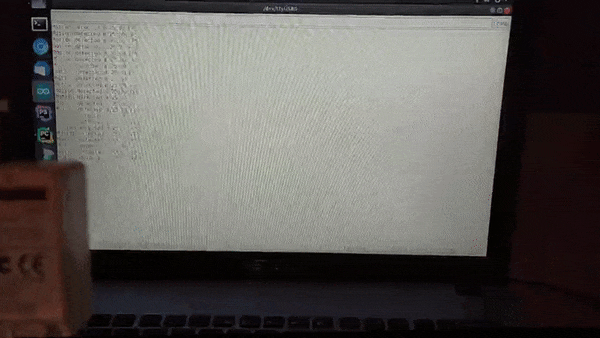
If you liked my post about ESP32 cam motion detection, you'll love this updated version: it's easier to use and blazing fast!

In earlier posts I showed you can run incremental binary classification on your microcontroller with Stochastic Gradient Descent or Passive-Aggressive classifier. Now it is time to upgrade your toolbelt with a new item: One-vs-One multiclass classifier.
Stochastic gradient descent is a well know algorithm to train classifiers in an incremental fashion: that is, as training samples become available. This saves you critical memory on tiny devices while still achieving top performance! Now you can use it on your microcontroller with ease.
When working with memory constrained devices you may not able to keep all the training data in memory: passive-aggressive classifiers may help solve your memory problems.
In the previous post we learnt it is possible to train a Machine learning classifier directly on a microcontroller. In this post we'll look into how to do it to classify colors.
In this hands-on guide about on-board SVM training we're going to see a classifier in action, training it on the Iris dataset and evaluating its performance.
As of now, we know it is possible to run Machine learning inference on tiny microcontrollers thanks to Tensorflow for Micro and my very own library MicroML. What if you could train a classifier directly on the microcontroller, too?
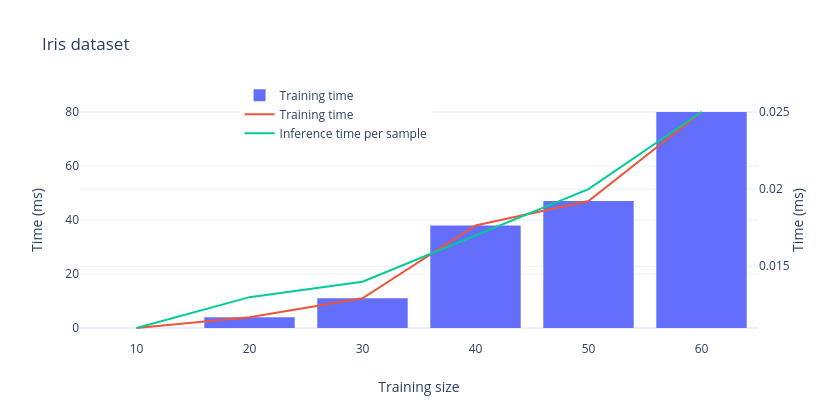
Ever wanted to use your thermal camera with Arduino but found it difficult to go beyond the tutorials code? Let's see the easiest possible way to view your thermal camera streaming without an LCD display!
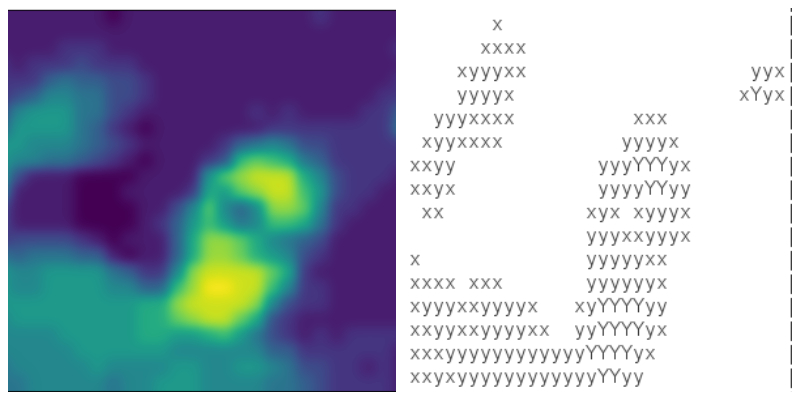
We continue exploring the endless possibilities on the MicroML (Machine Learning for Microcontrollers) framework on Arduino and ESP32 boards: in this post we're back to image classification. In particular, we'll distinguish handwritten digits using an ESP32 camera.
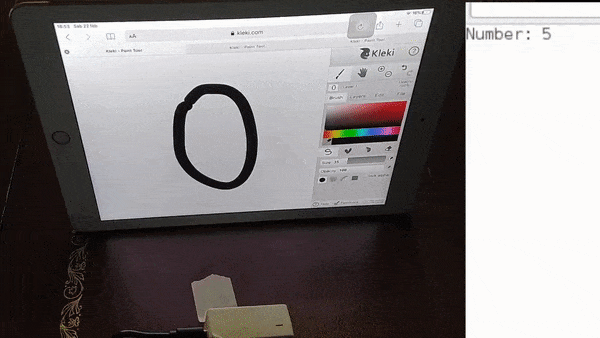
So far we've used SVM (Support Vector Machine) as our main classifier to port a Machine learning model to a microcontroller: but recently I found an interesting alternative which could be waaaay smaller, mantaining a similar accuracy.
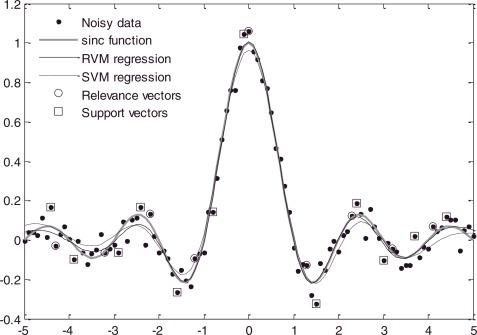
© 2020 Eloquent Arduino Blog
Theme by Anders Norén — Up ↑